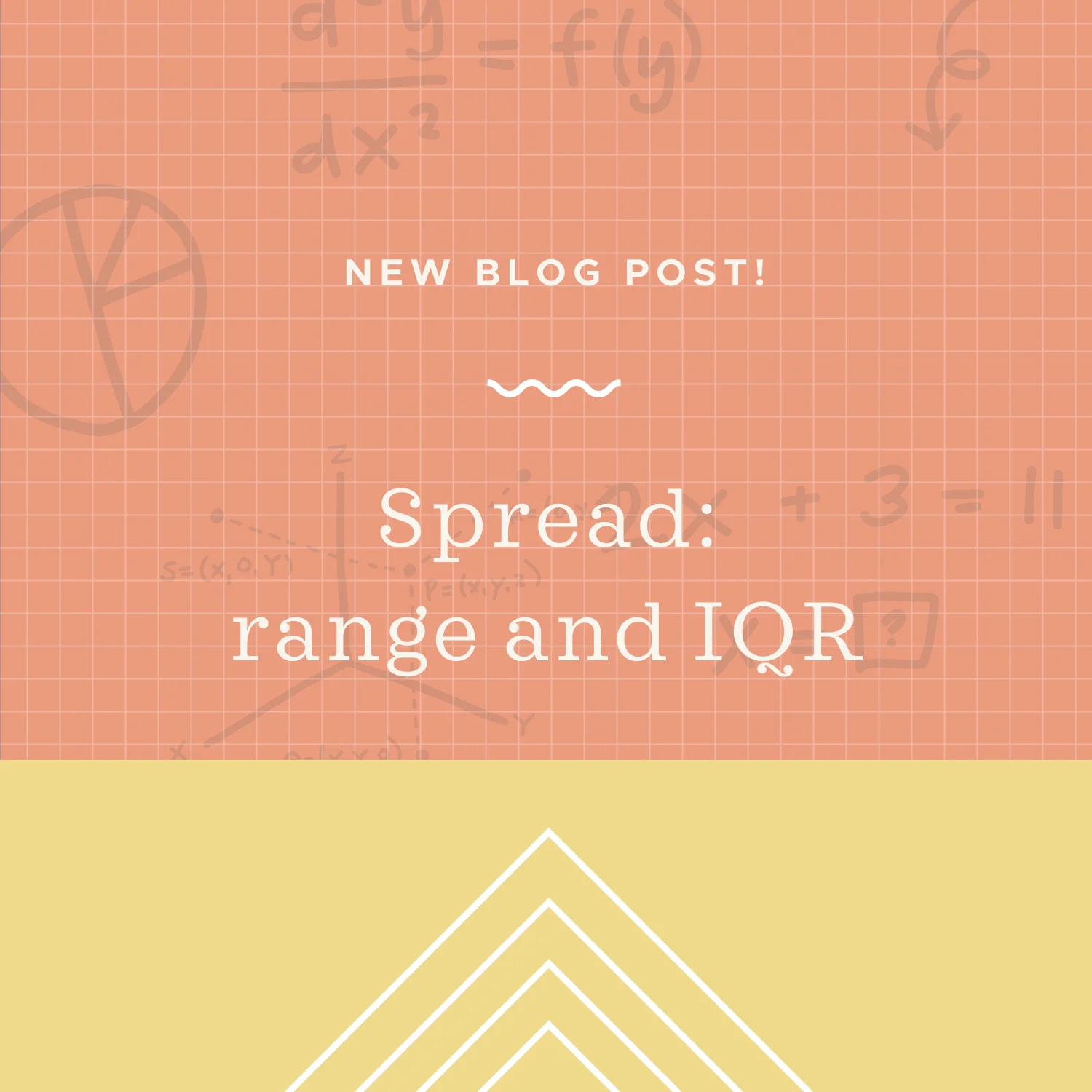Think of the domain of a function as all the real numbers you can plug in for x without causing the function to be undefined. The range of a function is then the real numbers that would result for y from plugging in the real numbers in the domain for x. In other words, the domain is all x-values or inputs of a function, and the range is all y-values or outputs of a function.
Read MoreWe looked at measures of central tendency, which we saw were various ways of representing the “middle” of a data set. But central tendency isn’t the only thing we’re interested in when it comes to data. We also want to know about spread, which is how, and by how much, our data set is spread out around its center. We also call measures of spread measures of dispersion, or scatter.
Read MoreThe domain is all x-values or inputs of a function and the range is all y-values or outputs of a function. When looking at a graph, the domain is all the values of the graph from left to right. The range is all the values of the graph from down to up.
Read MoreIn this lesson, we want to see what happens to our measures of central tendency and spread when we make changes to our data set. Specifically the changes made either by changing all the values in the set at once, or by adding a single data point to, or removing a single data point from, the data set.
Read More





